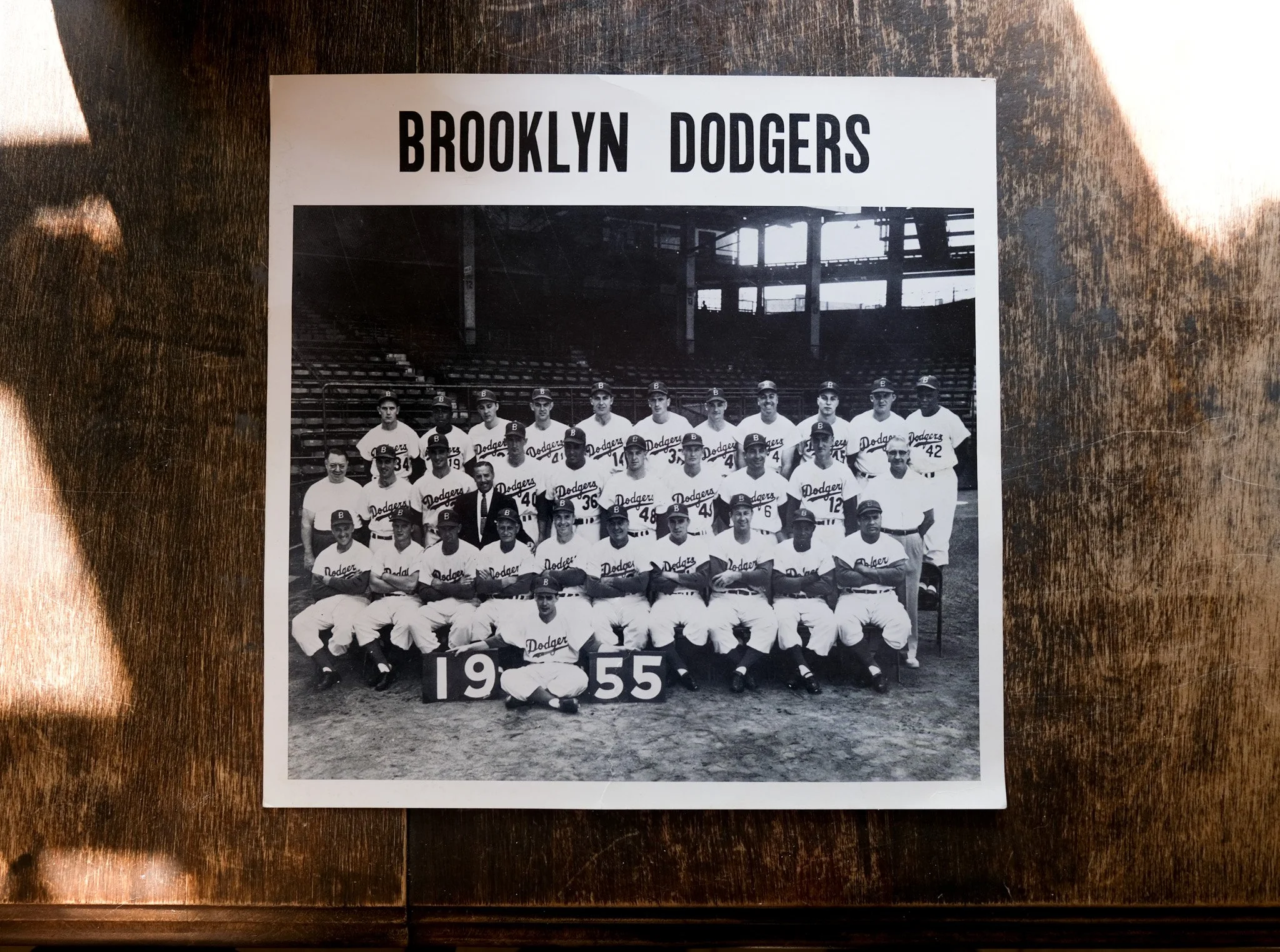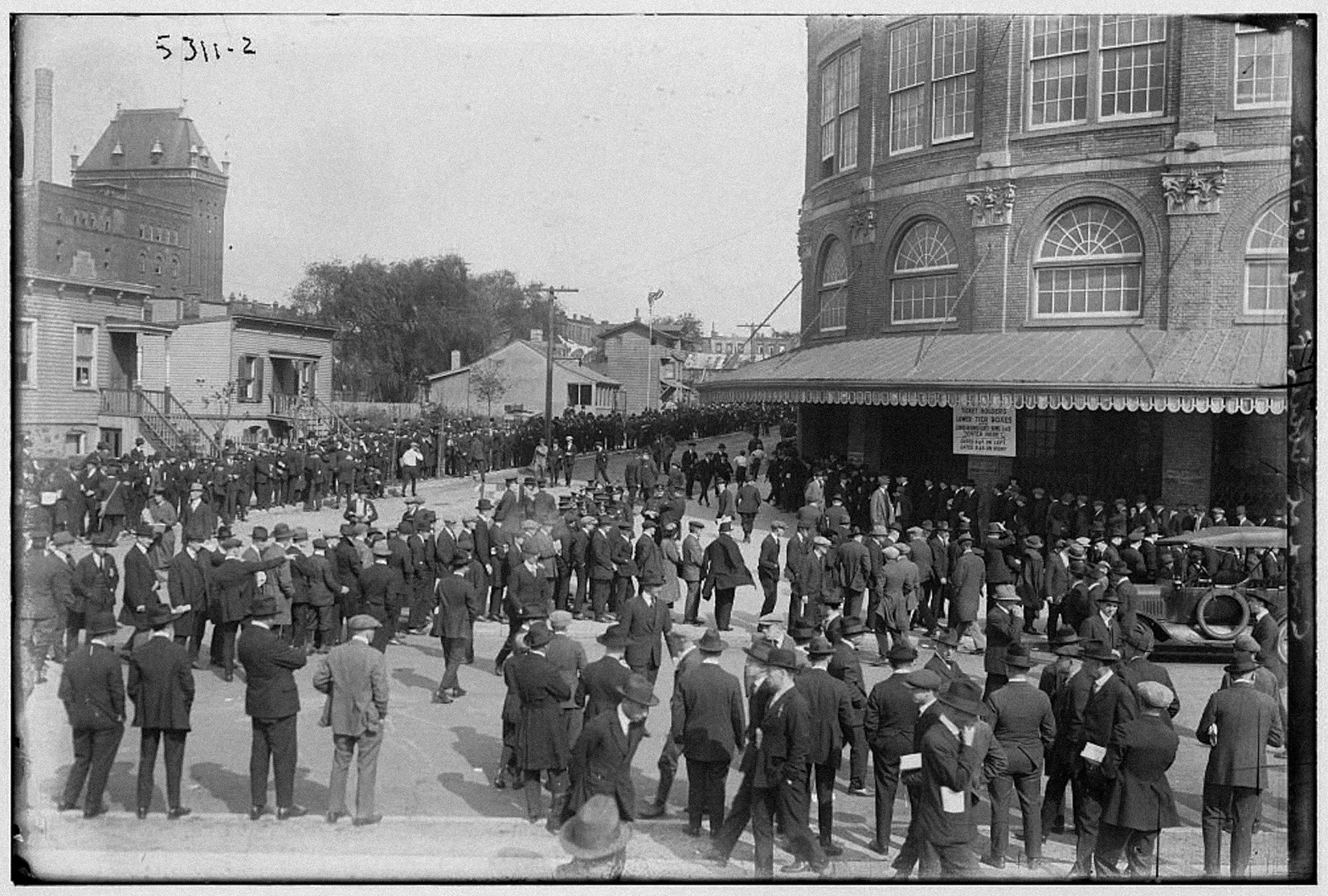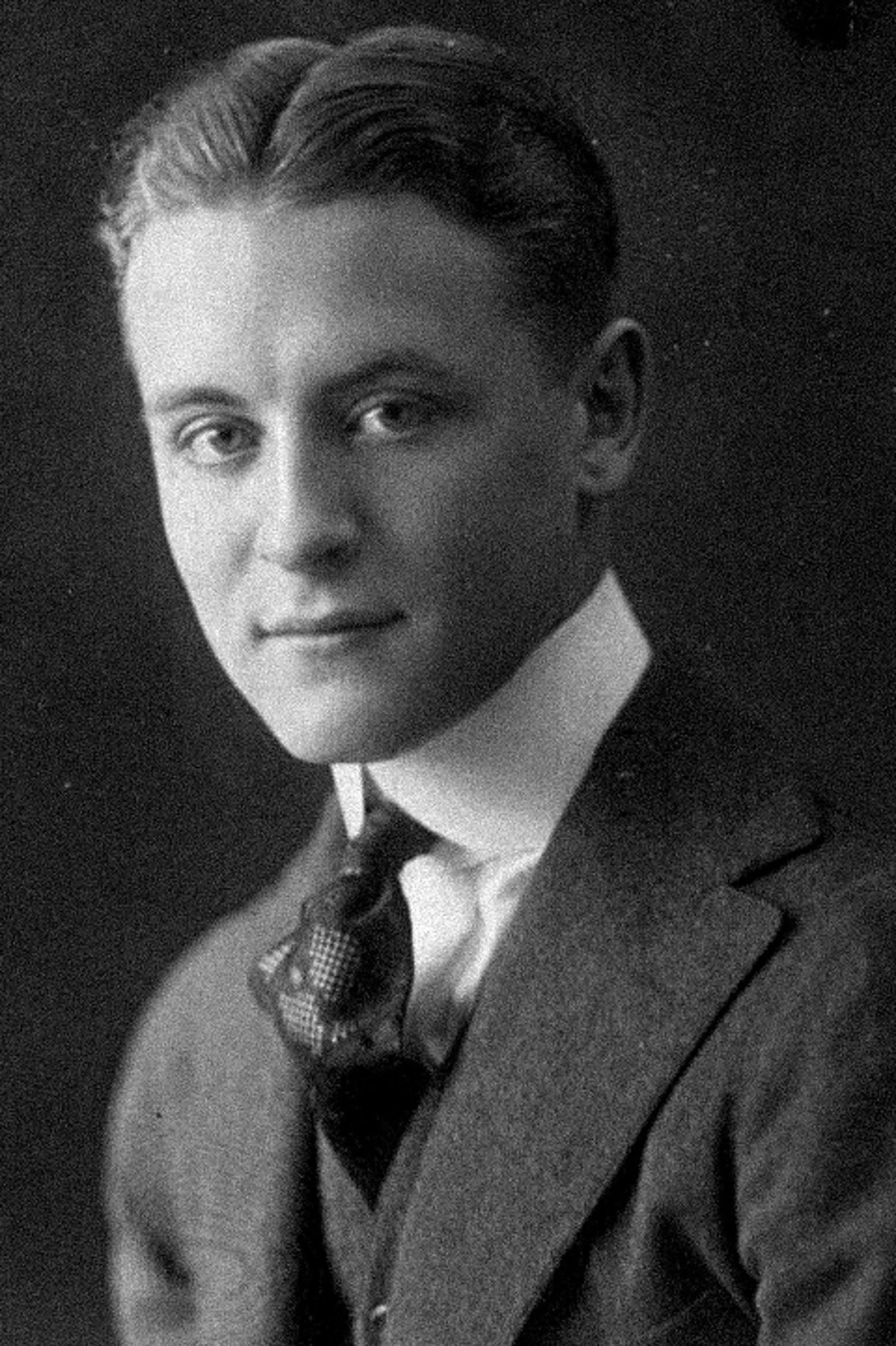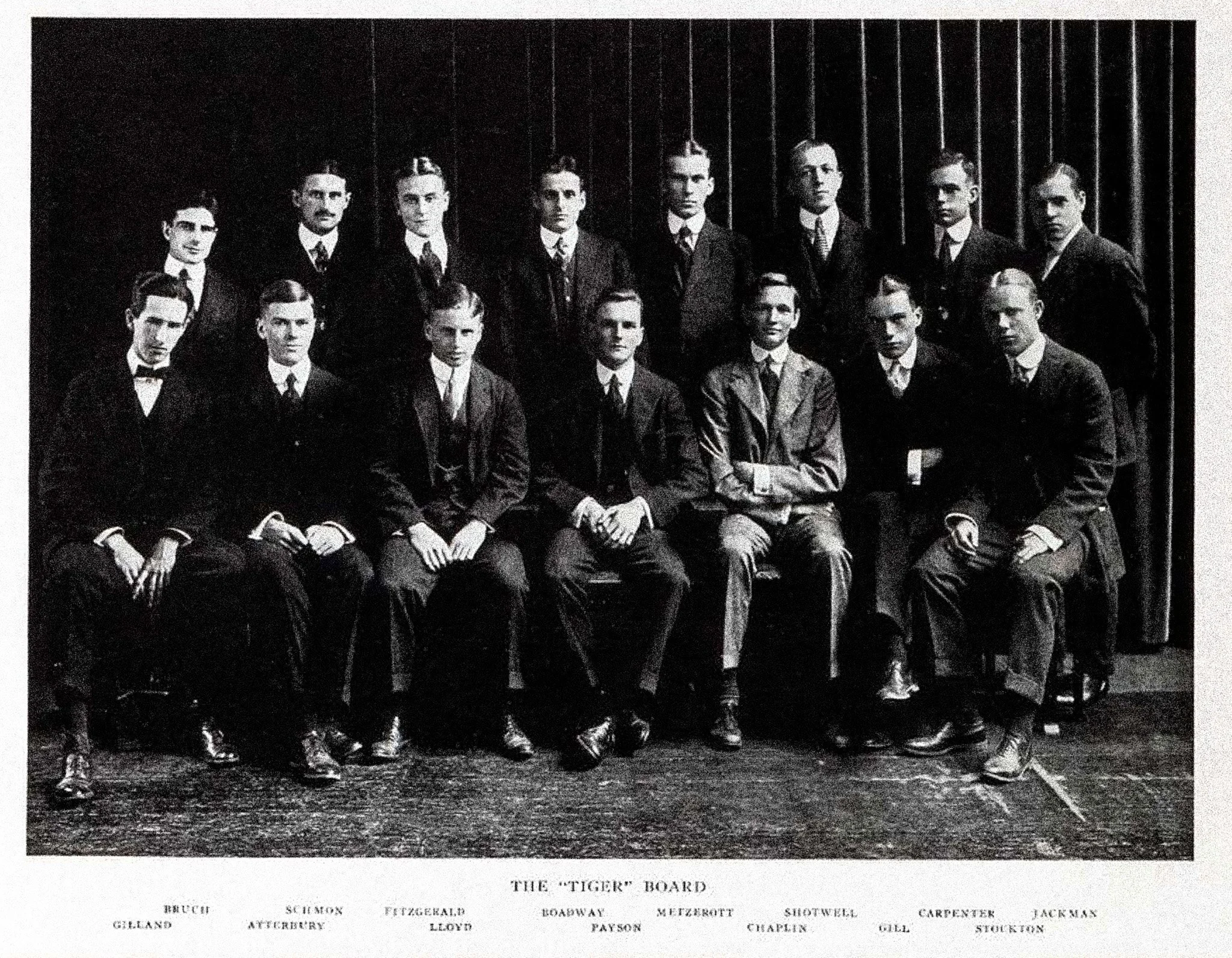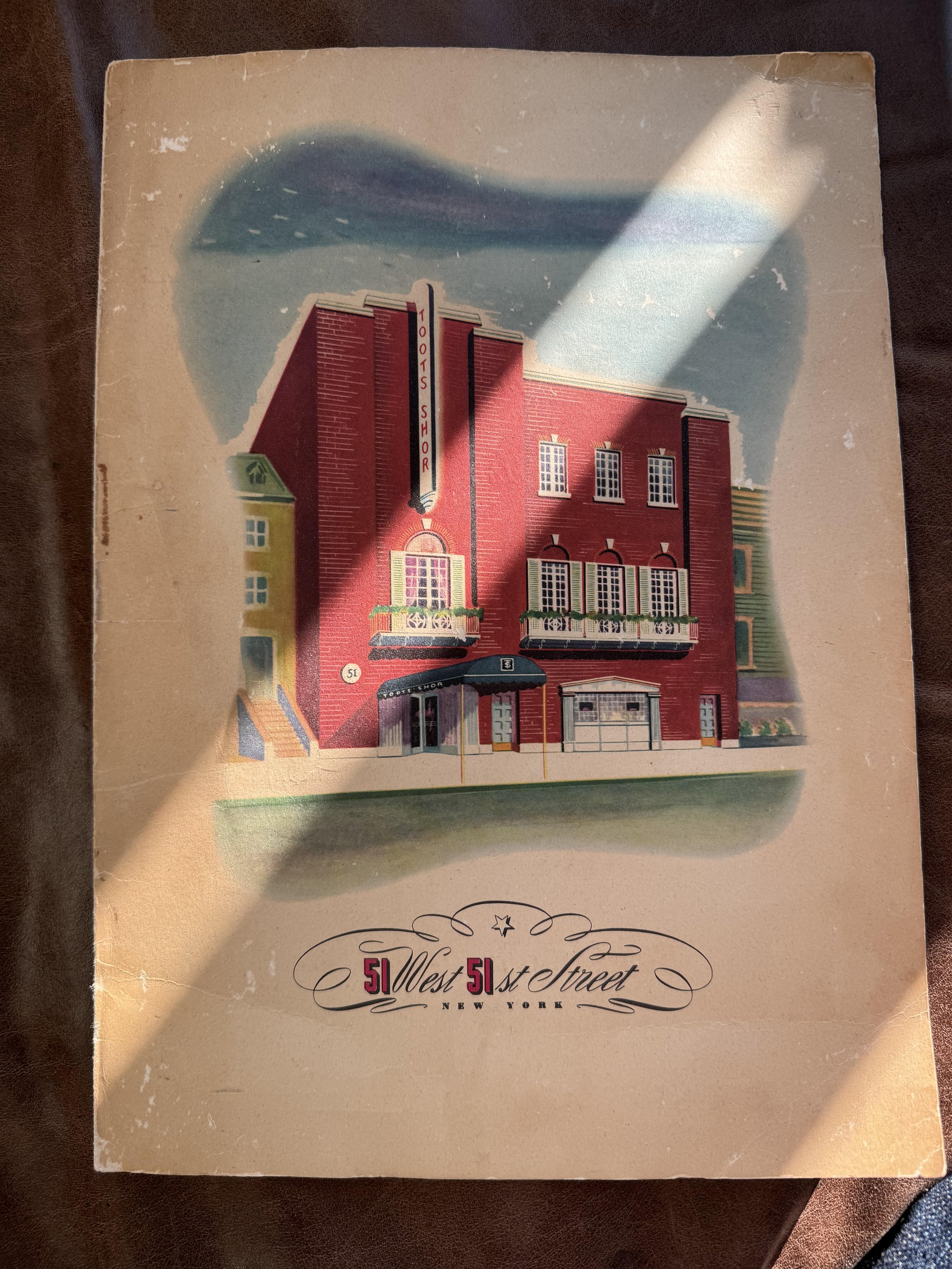Ian Fleming, the British author and creator of the James Bond character and subsequent series of novels, lived an incredible but short life. Born in 1908, to a well-to-do family, Fleming bounced around for much of his youth. Pulled in a variety of directions as a result of work and romantic pursuits, he landed at the British Naval Intelligence Division. It was here that he became exposed to the elements and environment that birthed Bond.
Property of Getty Images
Fleming’s Cold War era work in intelligence put him in the occasional dangerous place, and inspired his first Bond novel, Casino Royale. Fleming and Bond shared a love for similar pleasures and stylistic sensibilities. This helped create a character whose fictional lifestyle became the envy of men everywhere. Bond among many things, was a character who kept a steady hand and one who wouldn’t spill his martini when confronted by danger and / or a beautiful woman.
Casino Royale found Bond locked in a gambling battle with an enemy who was a French diplomat and member of the Russian Secret Service. A rather unique combination of employers if we agree. Mr. Bond was tasked with the assignment of attempting to bankrupt him, in order to neutralize his financial resources. To do this, Bond was bankrolled by the British Government via MI6 or “Military 'Intelligence, Section 6”.
Property of Getty Images
Imaging a NATO member country using a casino game to attempt to thwart an enemy operative is an example of the exciting plot lines that were exposing readers to a fantastic and exotic world. In contrast to the post-war 1950s. Bond was nothing if not comfortable in his own skin. I believe this to be at the core to his appeal up to present day. Fleming envisioned Bond as a “rather boring personality” who would frequently find himself in unthinkable and terrifying scenarios on a regular basis. Bond was a dull individual to whom rather UN-dull things would occur. In sequence. I hadn’t thought of it that way but it does cut it to the bone.
The success of the series skyrocketed when US President John F. Kennedy gave an interview during which he listed Fleming’s From Russia with Love as one of his “ten favorite books.”
Property of Getty Images
Fleming found dealing with that, and the subsequent success, to be the challenge of his life. He died young at age 56, having lost many years to drinking, smoking and living not unlike certain aspects of his universally known character’s life.






